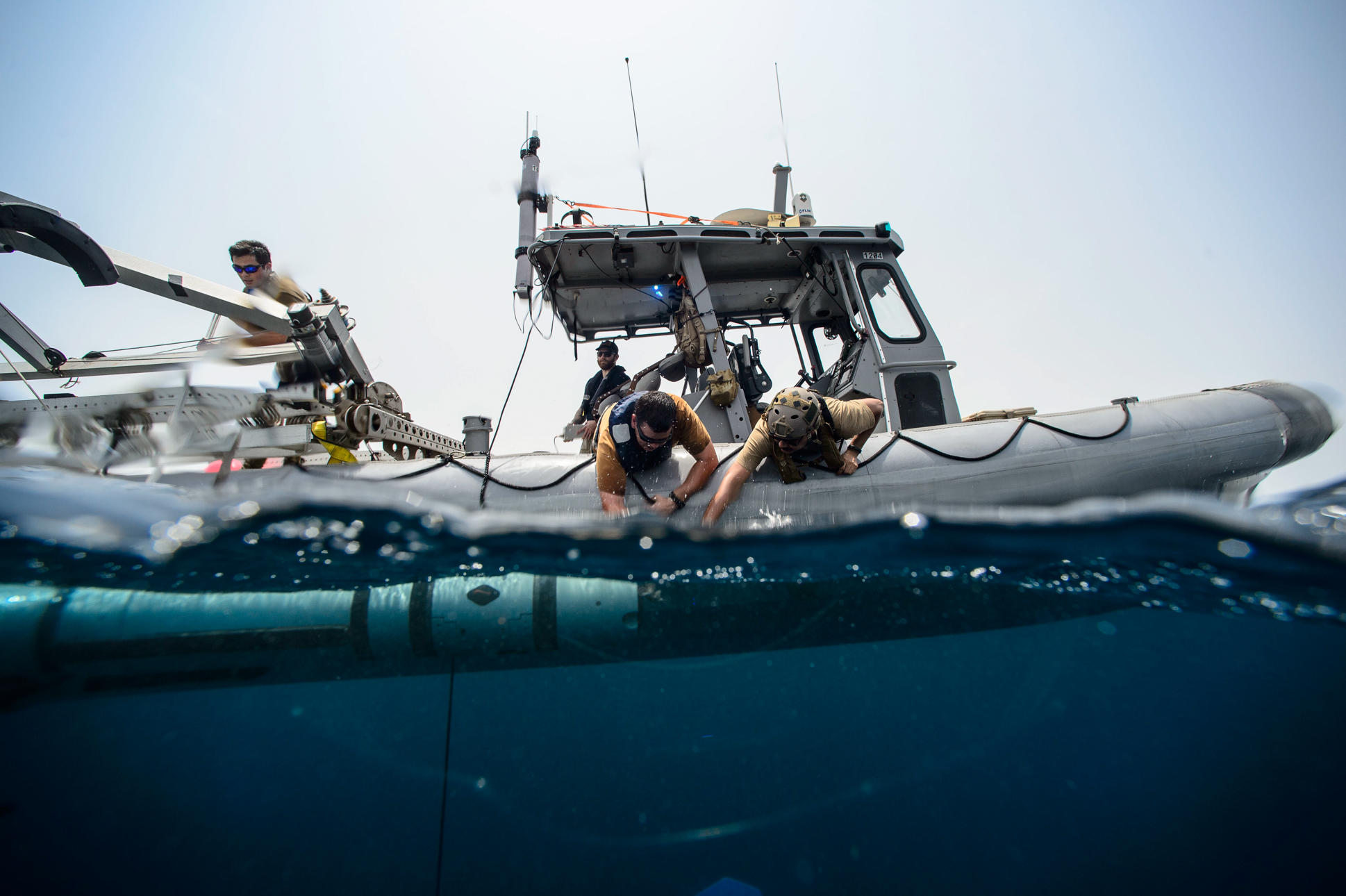Ready for takeoff: How edge AI is redefining in-space operations
Our partnership with Voyager Technologies signals a new era in edge operations
The announcement of Voyager Technologies’ investment in Latent AI marks more than a strategic partnership—it signals a fundamental shift in how we think about intelligence at the edge. When Dylan Taylor, CEO of Voyager Technologies, says we’re making “the leap from merely collecting data at the edge to understanding it instantly,” he’s describing a transformation that will redefine mission-critical operations from orbit to the battlefield.
For too long, edge operations have been stuck in a passive model: collect data, beam it back to distant processing centers, wait for analysis, then act. This approach worked fine when we had time and guaranteed connectivity. But in contested environments—whether you’re operating in space, on remote battlefields, or managing critical infrastructure—that luxury simply doesn’t exist.
Our partnership with Voyager represents something bigger: edge systems that don’t just gather intelligence but create it in real-time. When an operator needs to make a split-second decision about targeting, threat assessment, or resource allocation, waiting for data to travel thousands of miles to cloud resources isn’t just inefficient—it’s mission failure.
Space: Where Edge AI Goes to Extremes
Space operations are edge computing’s ultimate stress test. You’re dealing with severe power constraints, radiation that can fry electronics, zero chance of a service call, and communication delays measured in minutes, not milliseconds. If you can make AI work in space, you can make it work anywhere.
Voyager’s onboard processors, avionic suites and other platforms are among the most demanding environments where our edge-optimized AI proves its worth. The same optimization techniques that keep our models running on power-starved satellites work just as well on tactical autonomous vehicles and edge devices, drones, and sensor networks operating in contested environments back on Earth.
Intelligence That Doesn’t Break When Things Go Dark
What drives my enthusiasm for this collaboration is watching intelligent edge systems mature from concept to capability. We’re not just talking about backup systems—we’re creating networks where every node contributes to collective understanding. Voyager’s investment accelerates our ability to deploy this interconnected intelligence across platforms that were never designed to work together but now must.
In space technology, this means satellites that adapt their missions based on what they’re seeing in real-time. On the ground, it means autonomous systems that keep working even when they’re cut off from command and control. Voyager’s investment lets us deliver this distributed intelligence across an ever-expanding range of hardware platforms and operational domains.
Building Tomorrow’s Mission Ecosystem, Today
Modern missions demand AI that works seamlessly across everything from space-based assets to ground systems and all the platforms in between. Our track record with defense programs shows how edge AI transforms operational timelines: we’ve cut model update cycles from months down to days. With Voyager’s backing, we’re scaling these capabilities beyond individual programs to create integrated intelligence infrastructure that spans entire domains.
This ecosystem approach means intelligence gathered by a satellite gets instantly processed and acted upon by ground-based systems, while autonomous platforms share what they learn to improve performance across the entire network. We’re moving from isolated AI applications to integrated AI operations.
Where Big Opportunities Meet Bigger Visions
The convergence of space technology and edge AI opens up market opportunities that blow past traditional industry boundaries. Defense and space customers are leading the charge, but the applications reach into critical infrastructure, industrial automation, and anywhere real-time decision-making under constraints matters.
“The companies that will dominate the next decade are those delivering intelligence where it’s needed most,” said Steve Jurvetson, Co-Founder of Future Ventures. “This partnership signals distributed intelligence maturing from technical capability to strategic imperative. Latent AI’s optimization prowess combined with Voyager’s platforms creates a powerful competitive moat – when you process critical data in real-time at the edge, you’re not just competing on speed, you’re playing an entirely different game.”
Our research tells the story in hard numbers: edge AI delivers 92% hardware reduction compared to traditional cloud deployments while achieving 97% faster model updates in field conditions. This efficiency translates into real operational advantage across diverse deployment scenarios, from managing orbital assets or keeping remote facilities running.
With Voyager’s support, we’re not just scaling our technology—we’re racing toward a future where intelligence happens exactly where operations happen. Whether that’s a satellite analyzing imagery in real-time, a tactical system making instant targeting decisions, or an industrial facility preventing equipment failures before they occur, the principle stays the same: put processing power at the point of decision.
Working with Voyager reinforces our commitment to delivering operational superiority through intelligent edge systems. In missions where every second counts, where connectivity is uncertain, and where decisions can’t wait for distant analysis, edge AI isn’t just an advantage—it’s mission-critical.
The future belongs to systems that think where they operate. Together with Voyager, we’re building that future today.






